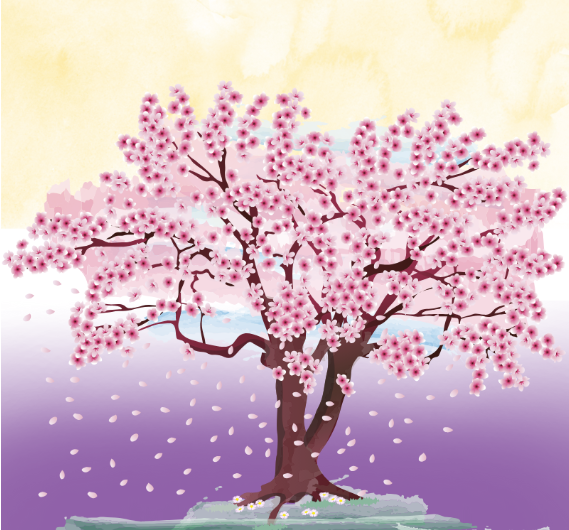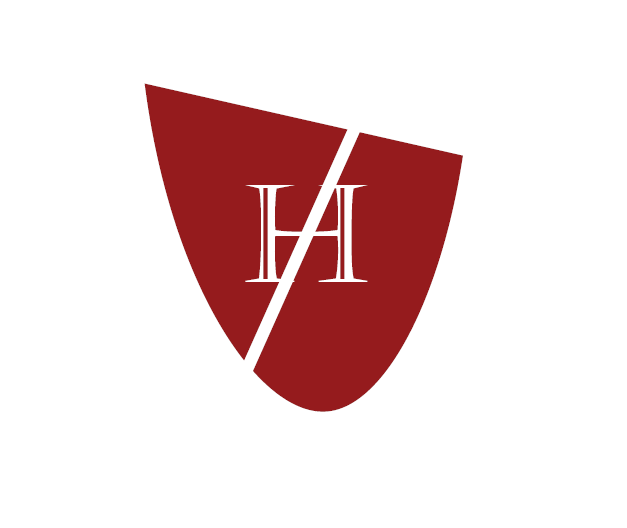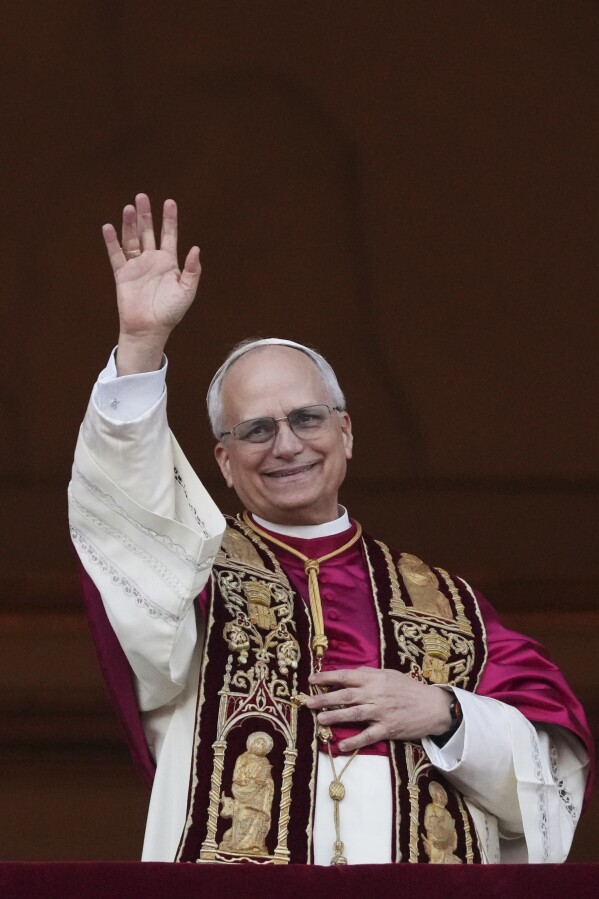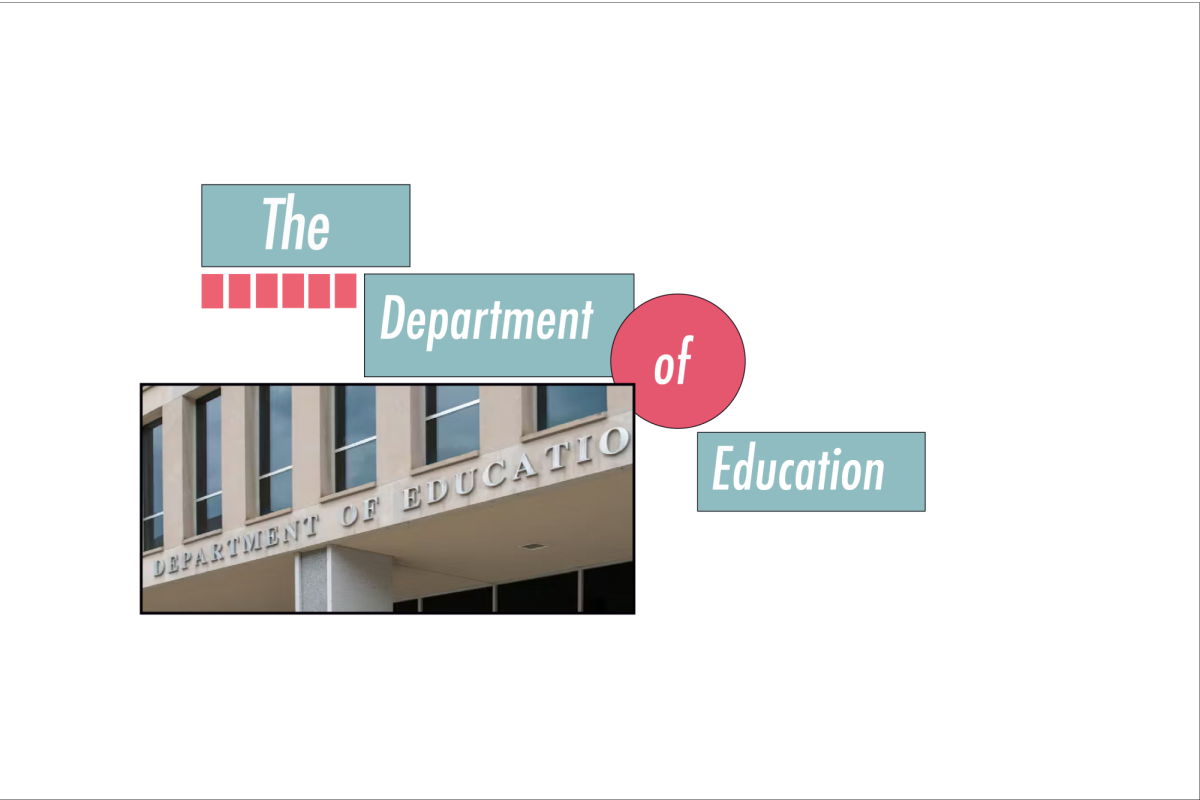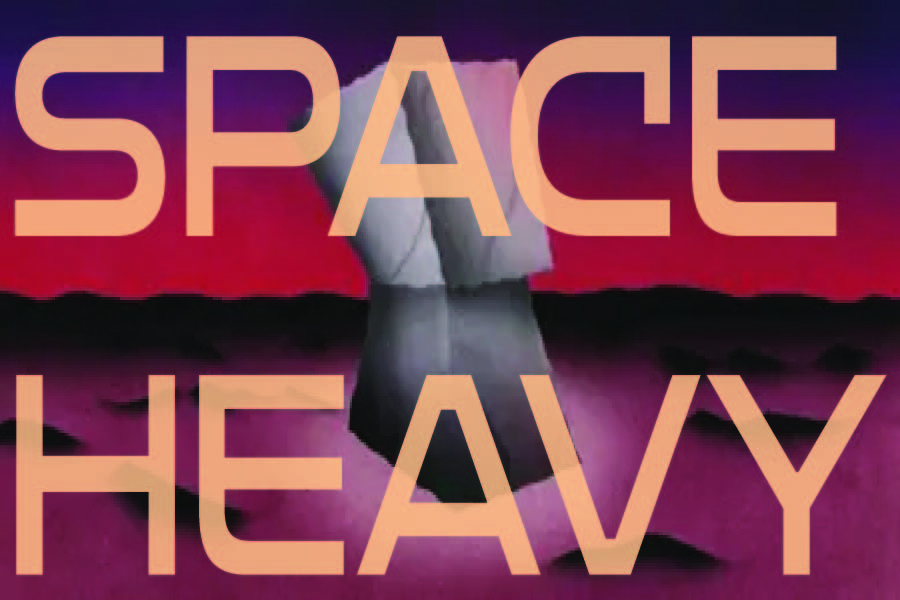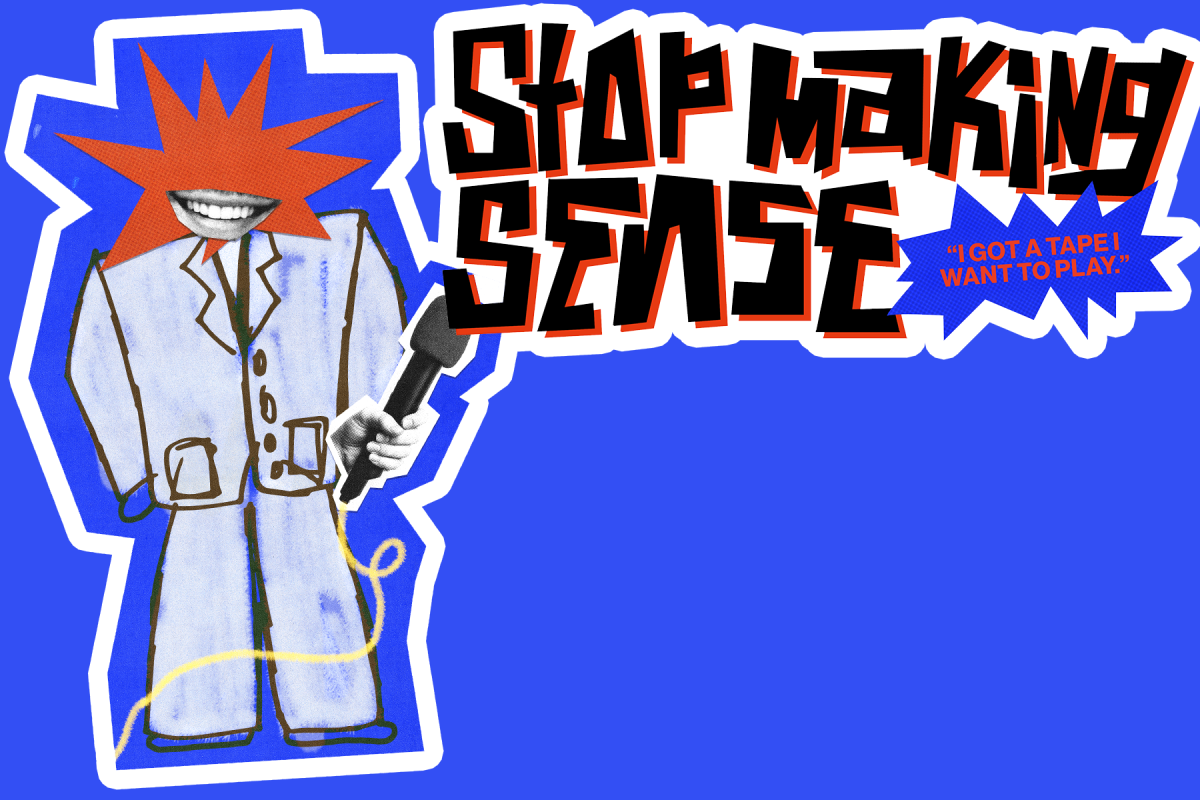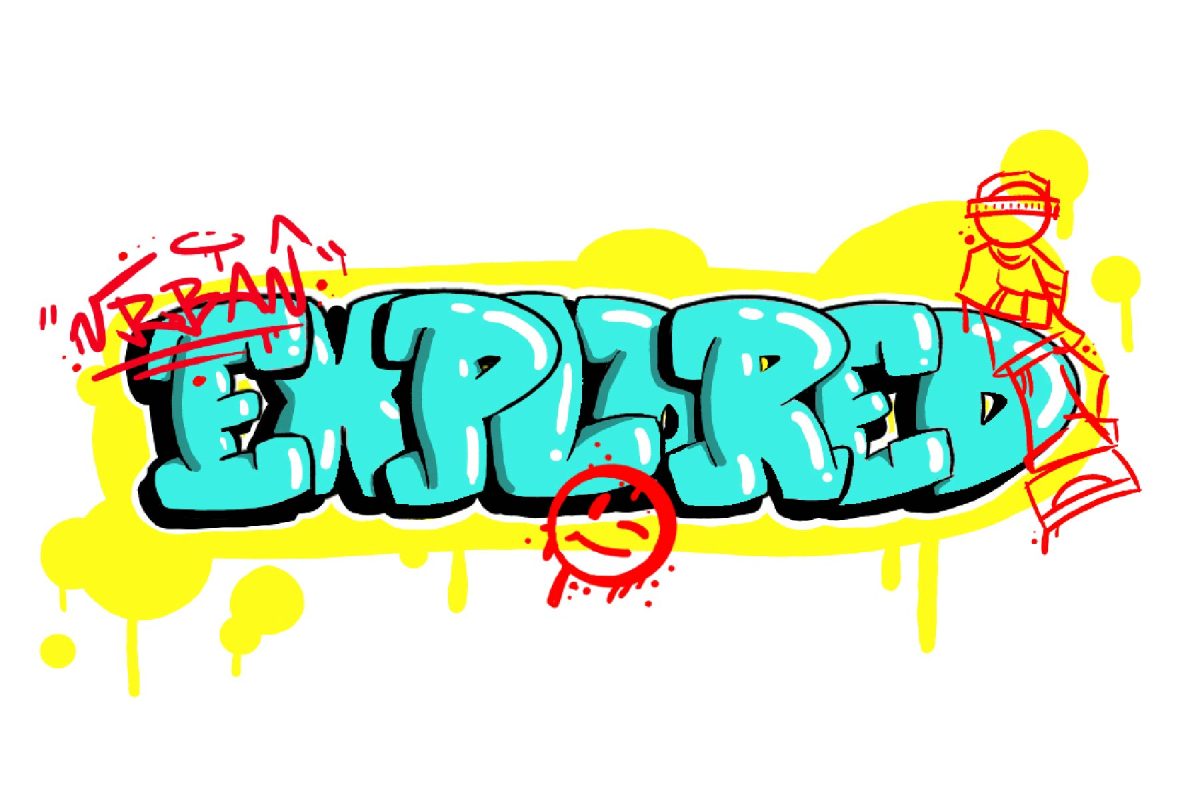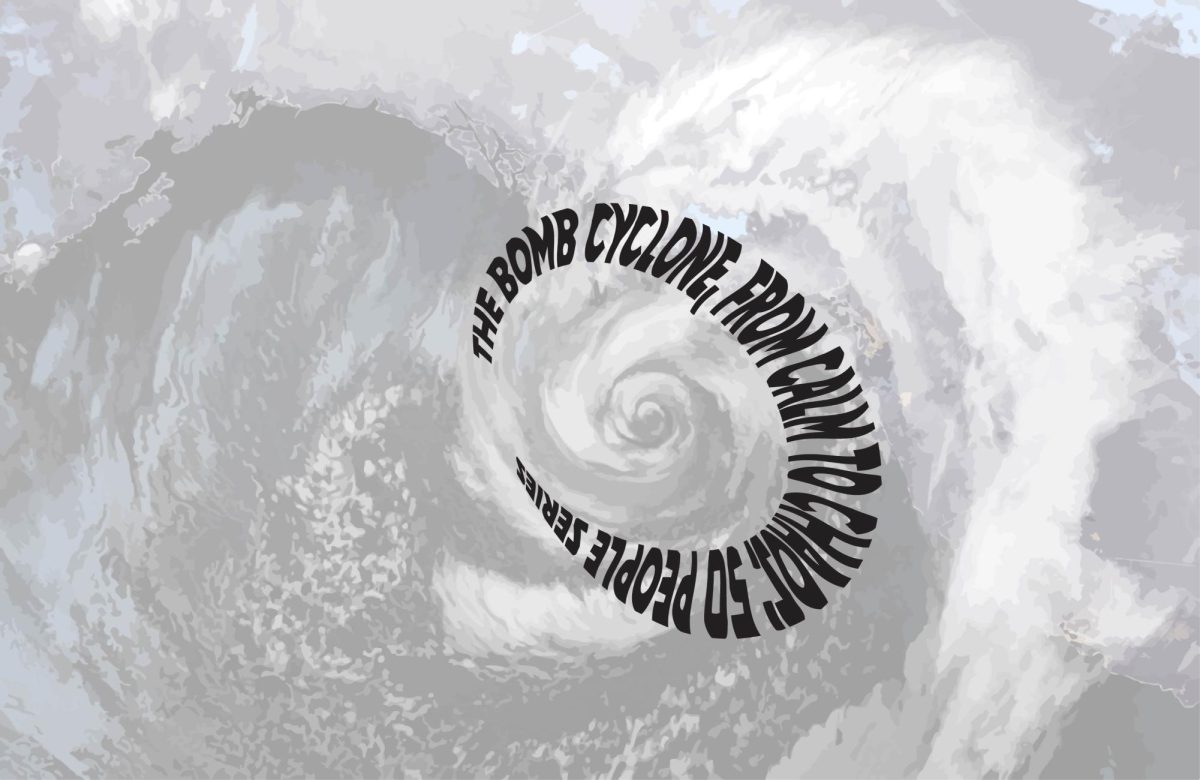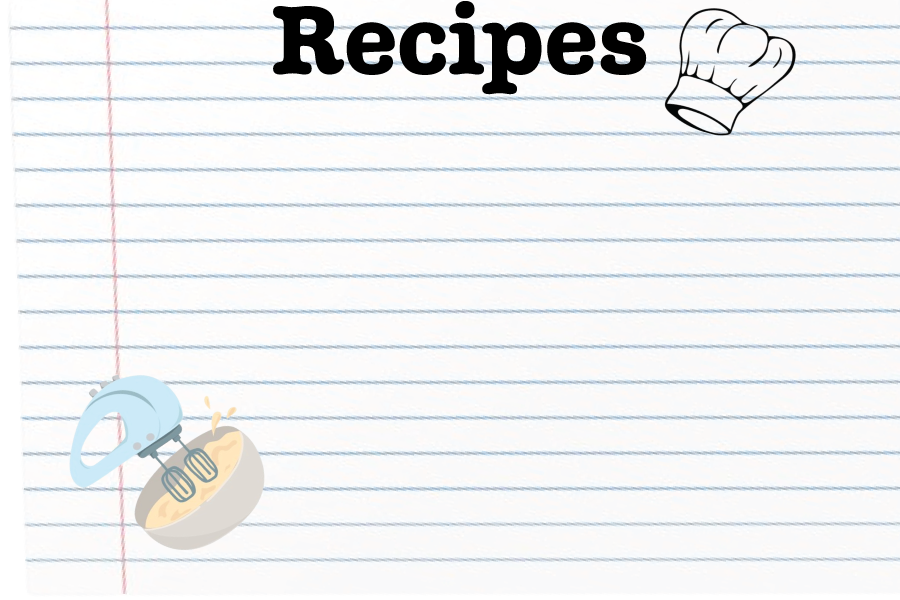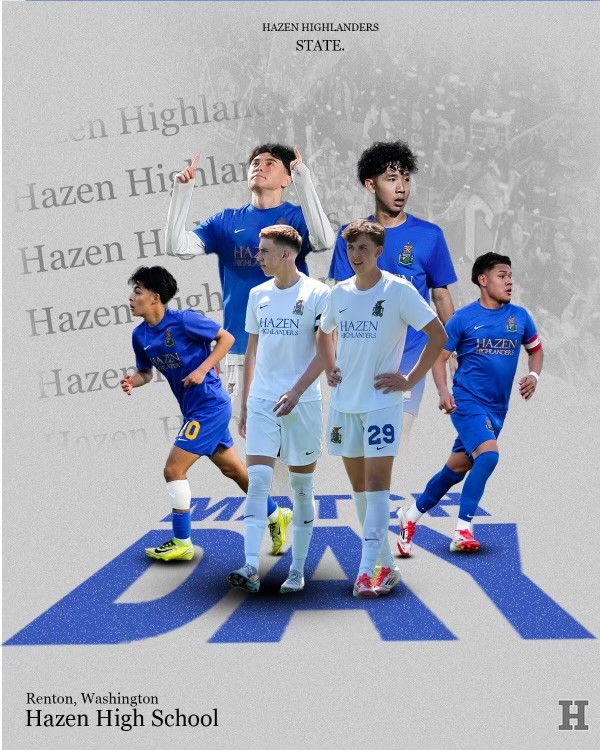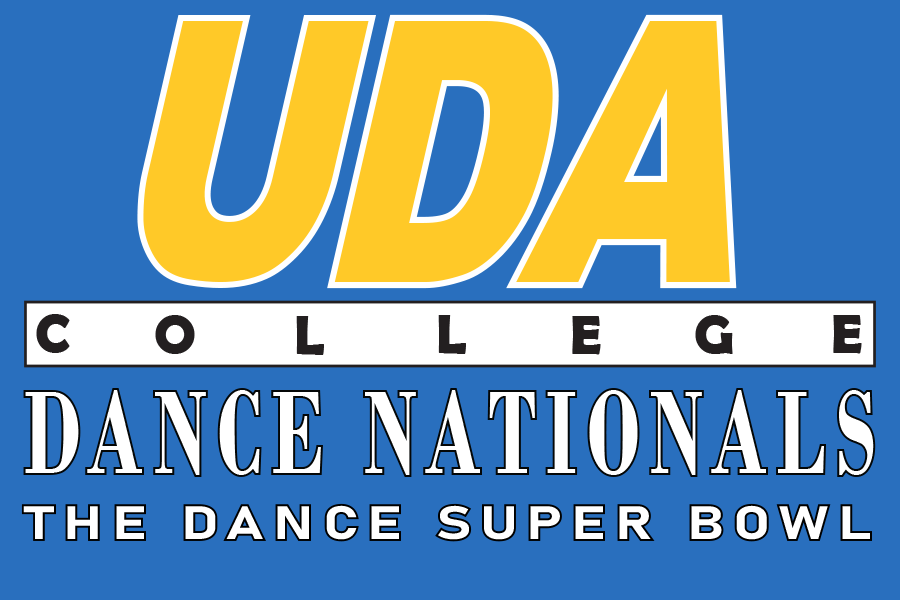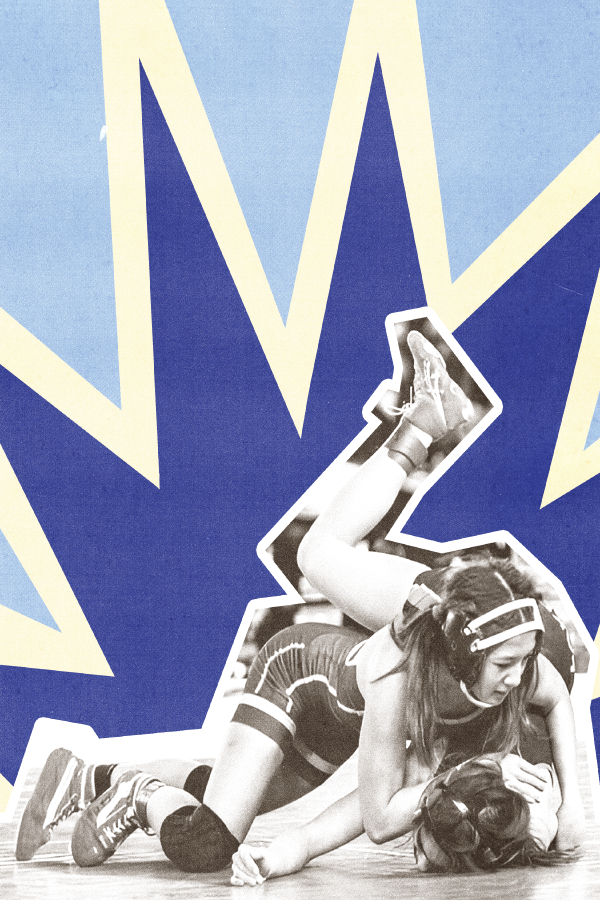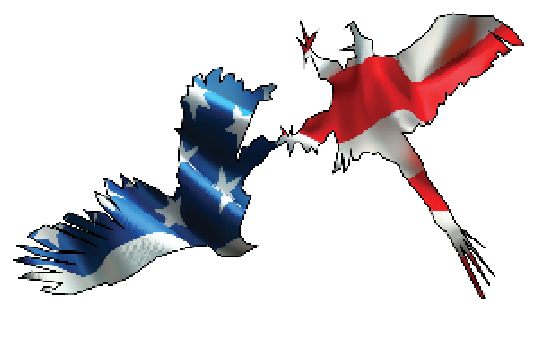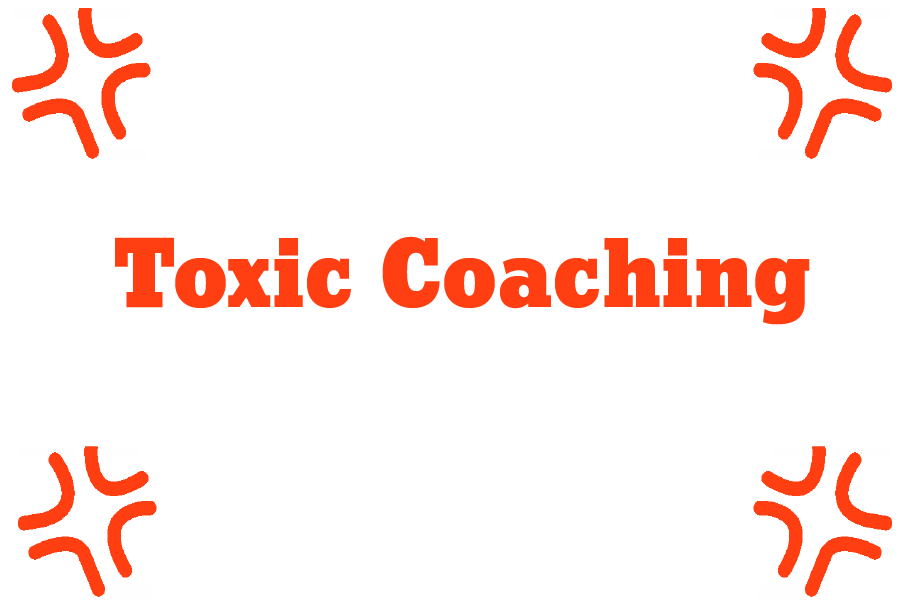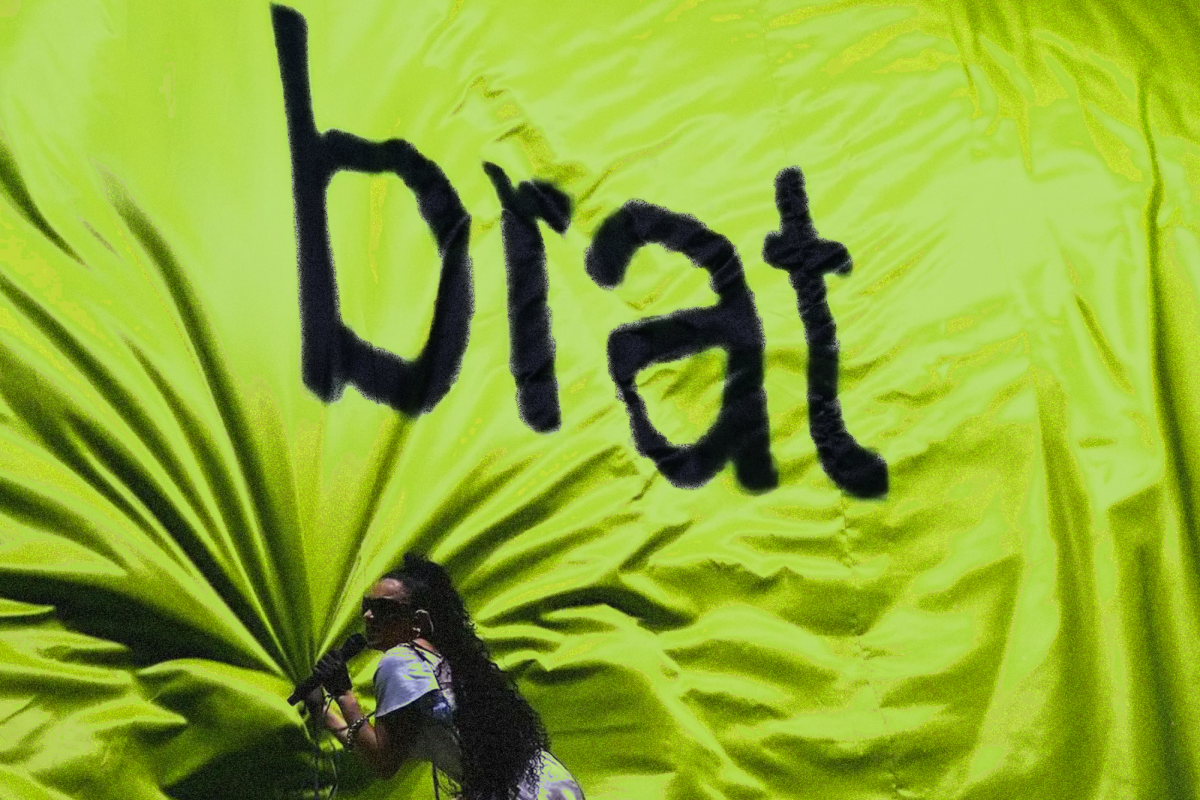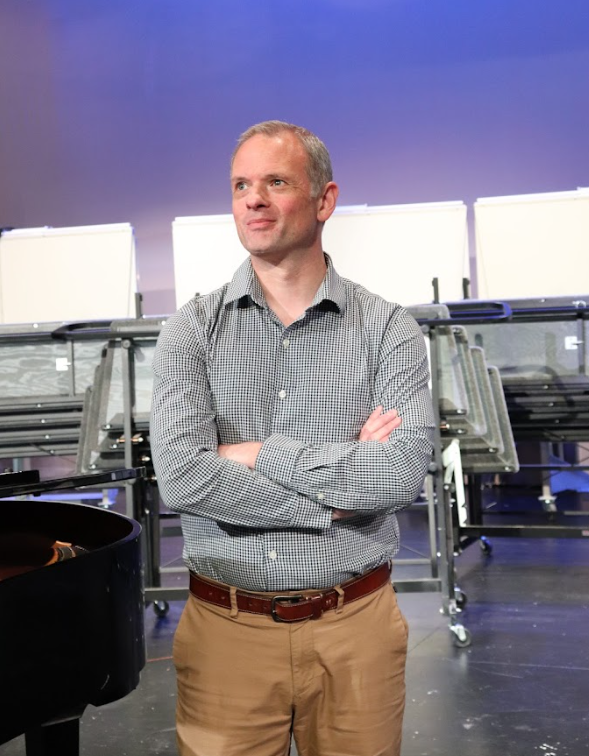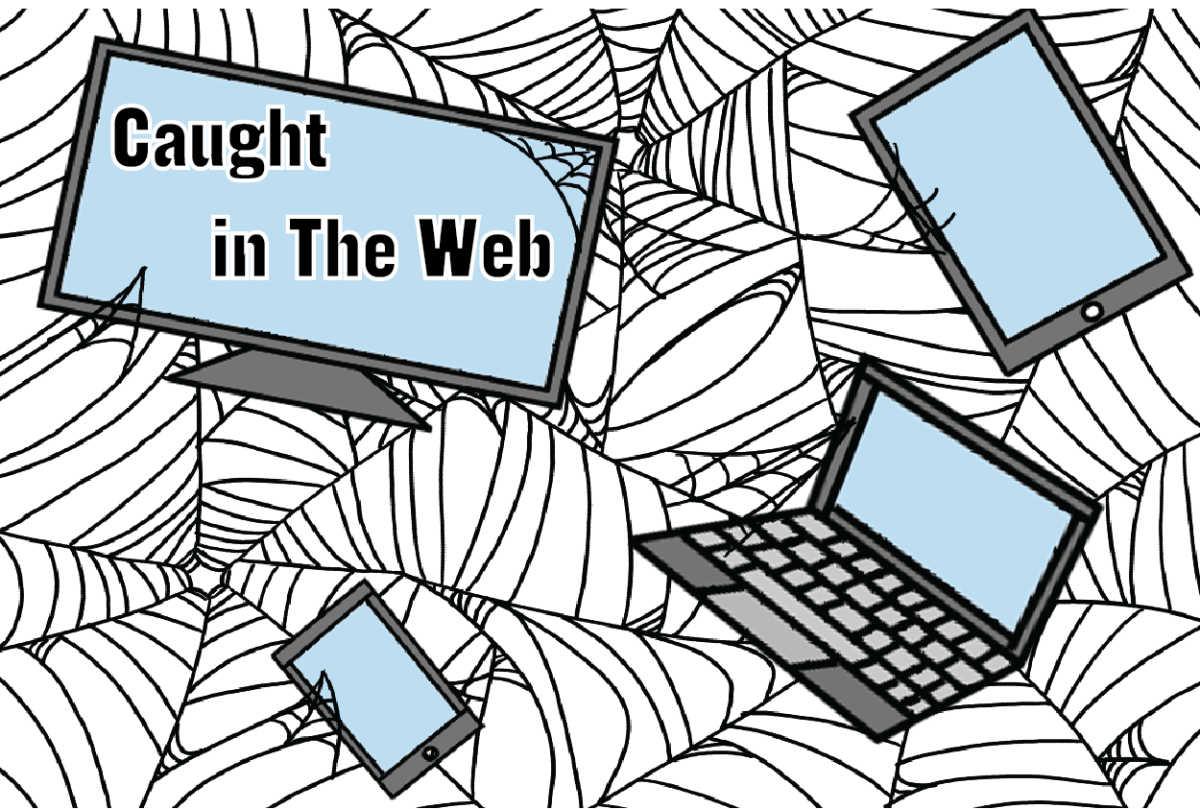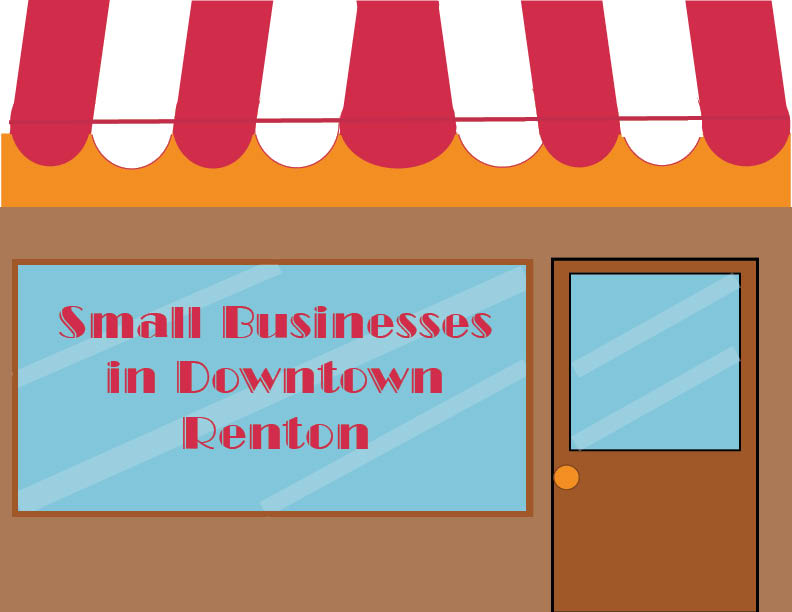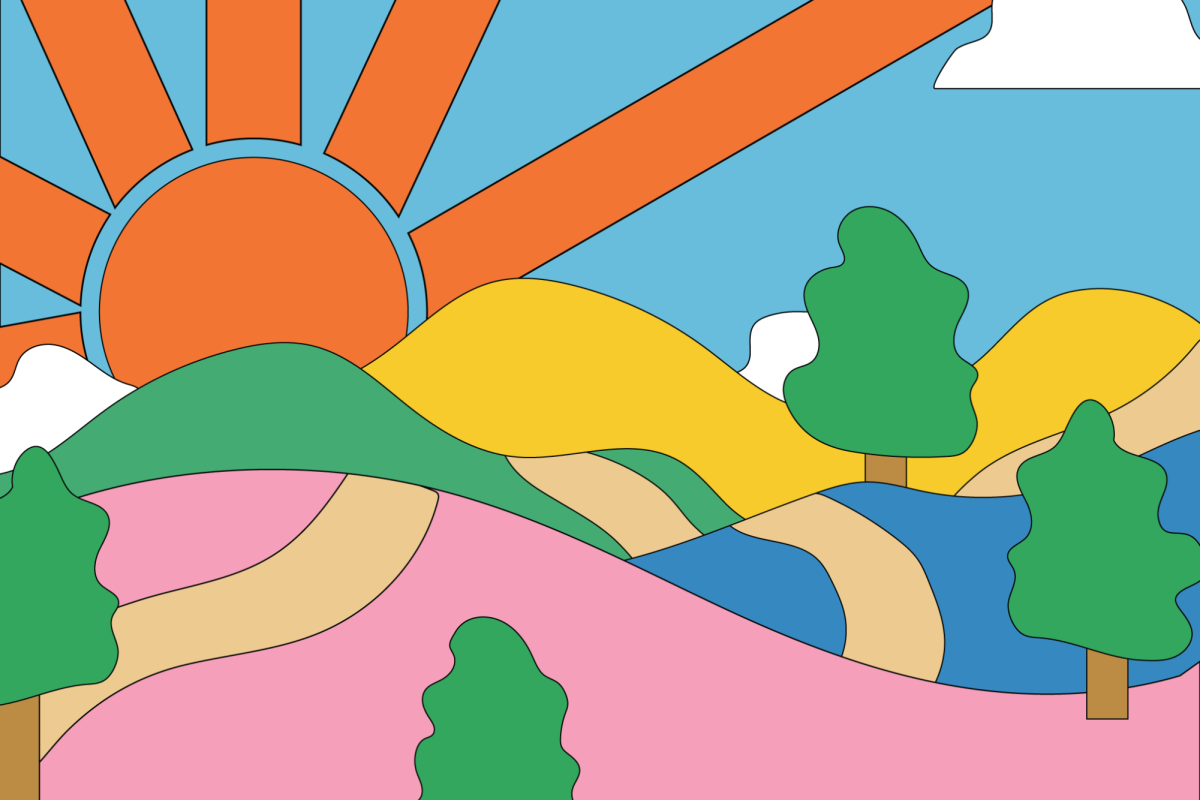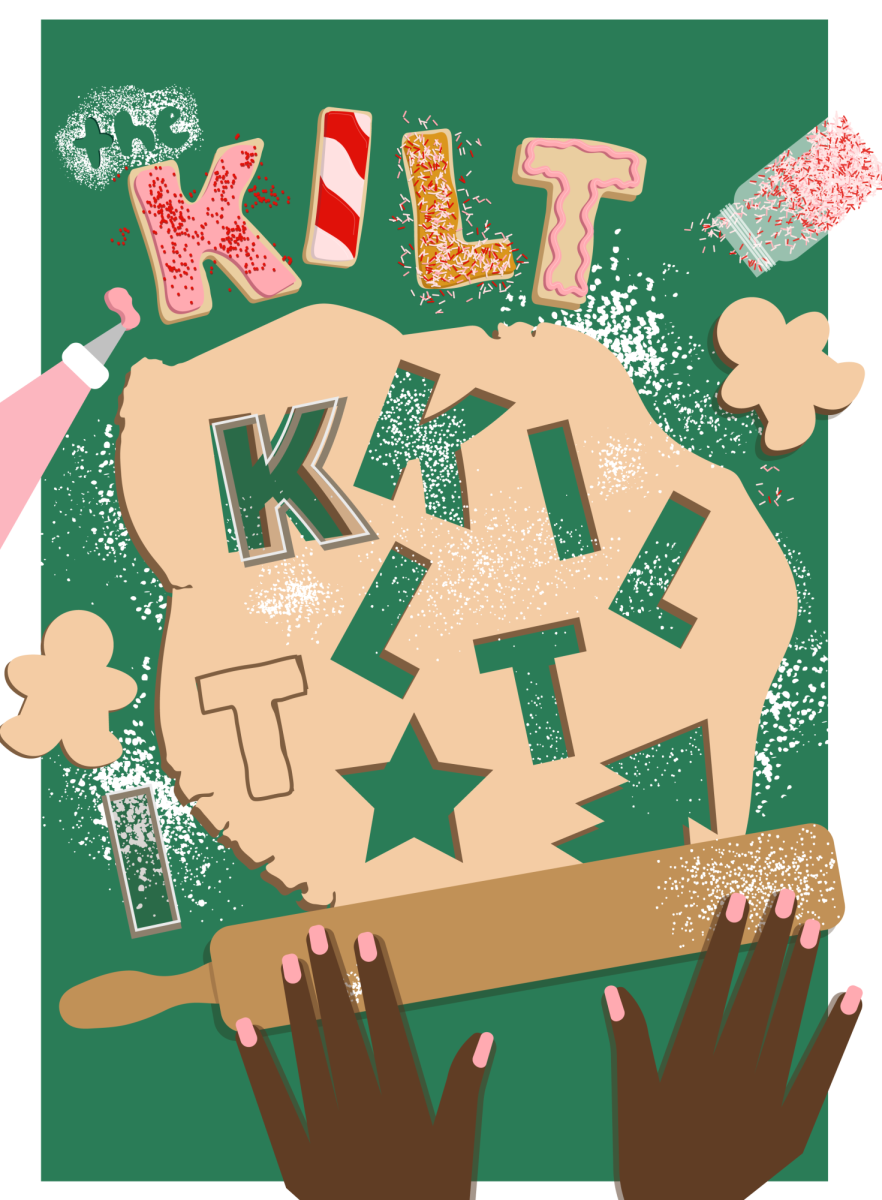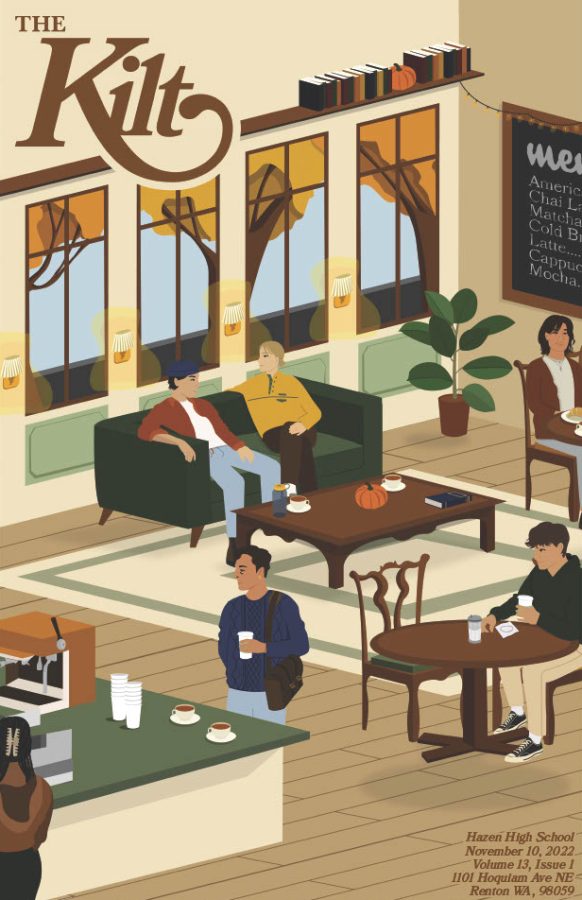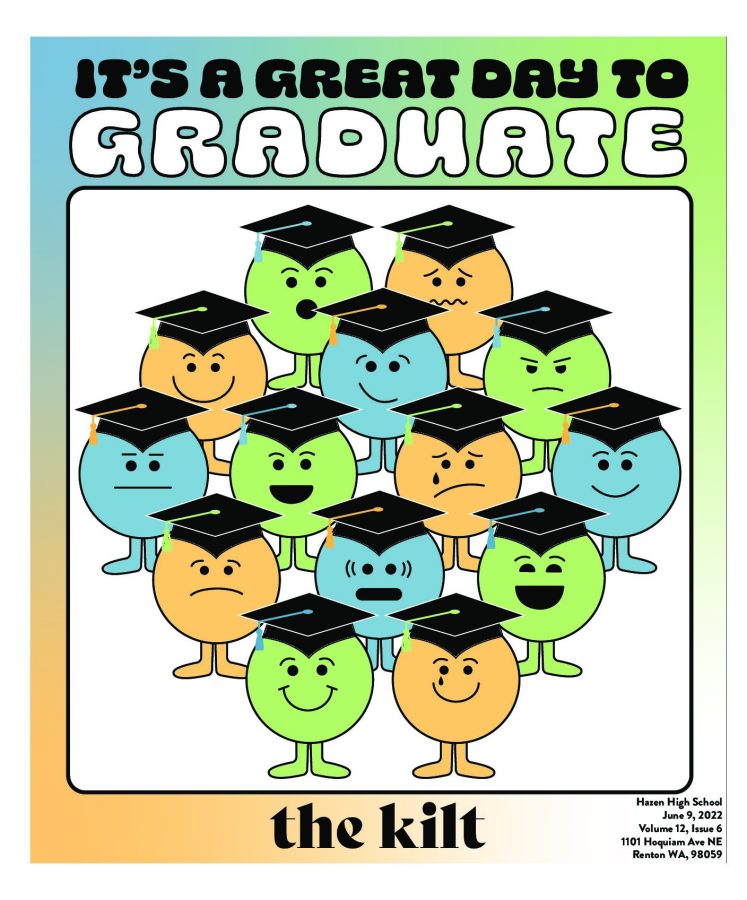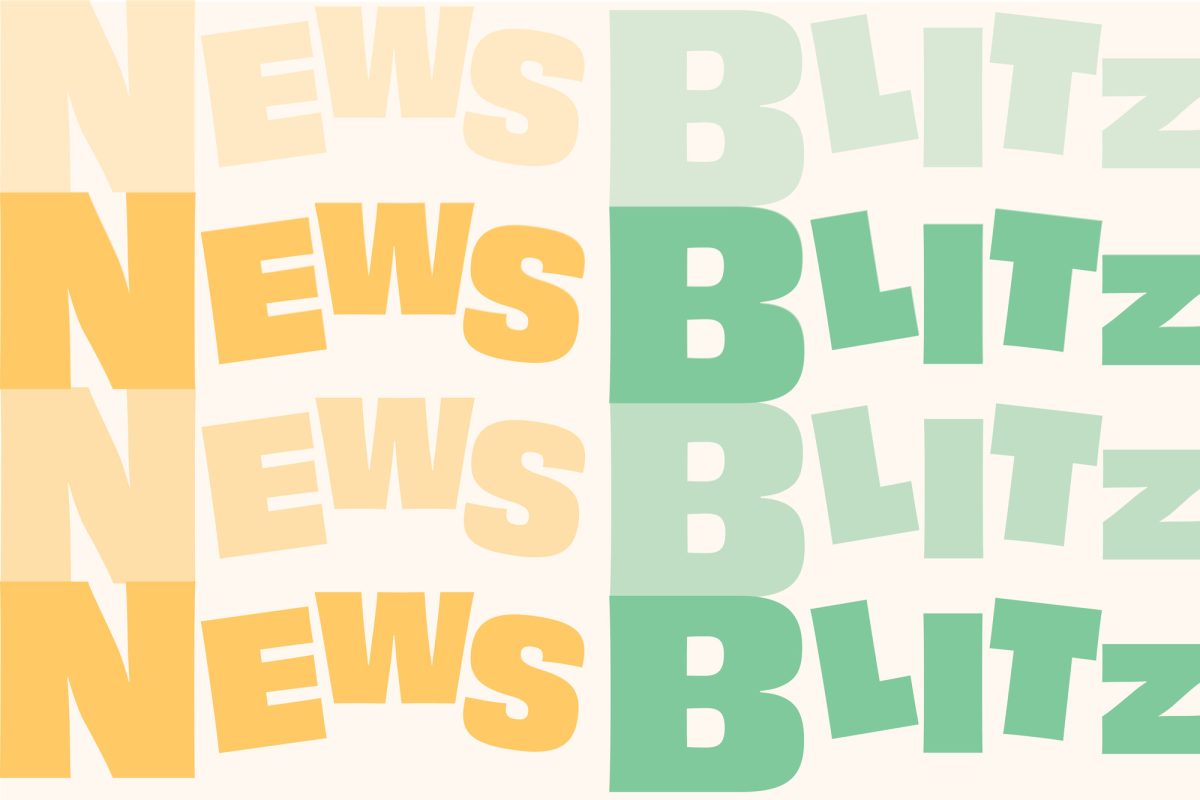California Wildfires by Erika
On January 7, a large wildfire burned in the hills near Los Angeles, California. It has been labeled the Sierra Madre Fire. Due to high winds and dry conditions, it burned to flames in no time.
Authorities Declared a state of emergency while thousands of residents in the neighborhoods were evacuated against the fight of fire by firefighters. About 130,000 people were impacted by evacuation orders. 70,000 people were under evacuation warnings from the Eaton Fire and about 60,000 people from the Palisade Fire.
There were five major fires. The Palisades Fire has exploded to more than 15,800 acres, with 1,792 personnel assigned to fight the blaze. It has also destroyed at least 10,000 structures, making it the most destructive ever in Los Angeles County. Over 700 acres have been impacted by the Hurst Fire, with 260 personnel assigned. The Woodley Fire has now been controlled at approximately 30 acres. The Eaton Fire is currently at 10,600 acres, and the Lidia Fire has burned over 340 acres. There is also a new sixth fire called the Sunset Fire that broke out in the Hollywood Hills near Runyon Canyon and has 20 acres.
The worst conditions were some areas covered in thick, gray smoke. In East Los Angeles, the air quality index is 173.
Firefighters from multiple states have arrived or are on the way to help with the fires. 60 teams were coming from Oregon, 45 from Washington state, 15 from Utah, 10 from New Mexico, and many teams coming from Arizona.
New York City Traffic Congestion Toll By Kenzie
On January 5th, New York put in place the first congestion toll in the entire US. This idea seemed extreme and disastrous idea to a multitude of residents living near the affected areas, and New York faced harsh criticism for their decision.
Traffic congestion tolling is where certain places, in this case anywhere in Manhattan below 60th street, drivers will have to pay a fee once a day to enter these areas. The cost will go up during high-traffic hours and then decrease during the off-peak hours. For New York, it costs $9.00 during peak hours, between 5 am and 9 pm during the week, and during the weekend, the hours shrink from 9 am to 9 pm. Outside of peak hours, it will cost $2.25.
Residents are trying to argue that these tolls will affect the poor, but the numbers done by the Community Service Center show different. Around 2% of those in New York who are in poverty and based in the City’s outer area would be affected by the congestion toll when driving to work. Whereas about 61% of those in poverty and living outside the main City’s area take public transport to work. Besides this, the MTA offers 50% off tolls during peak hours for drivers whose annual household income is below $50,000. Residents, though, aren’t the only critics of this. President Donald Trump is an outspoken critic and wrote in a social media post back in May of 2024, stating, “I will TERMINATE Congestion Pricing in my FIRST WEEK back in office!!!”
Many believe that since the plan is already set into action, there is not much he can no longer do. Multiple other people have tried to file lawsuits and sue against congestion pricing, but no one has succeeded. Micheal Gerrad, a professor at Columbia Law School, told CNN that he thinks “only Congress could really stop congestion pricing.”
However, there is a positive side to this situation. Multiple people have reported the tolls are working, and they are able to get to places faster than ever. Residents have also commented on how crossing the road no longer feels intimidating and can feel safe along the streets. Hopefully, we’ll continue to see positive outcomes from this newly implemented toll.

